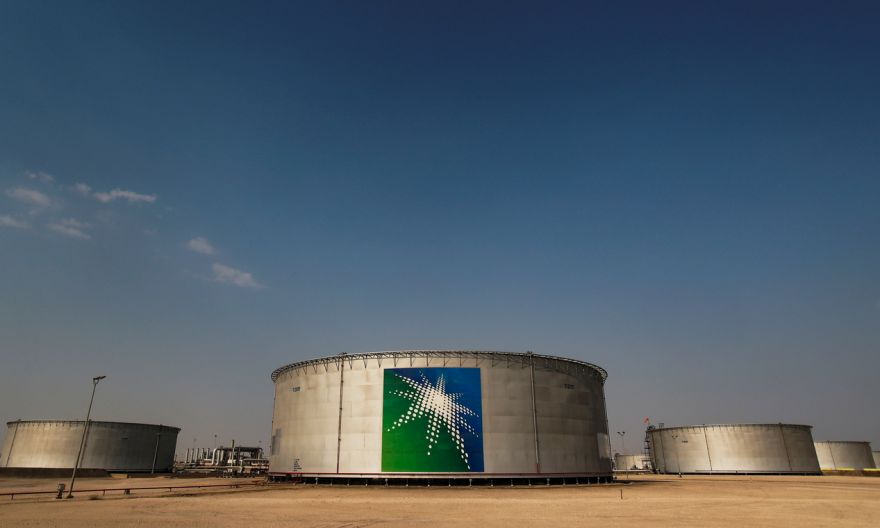Aramco bucks trend by prioritising oil output over dividends

RIYADH (BLOOMBERG) – Saudi Aramco is bucking the trend among oil majors by spending the windfall from this year’s surge in energy prices on boosting production capacity rather than increasing returns for shareholders.
While Aramco will maintain its hefty US$75 billion (S$102 billion) annual dividend – the world’s largest and most of which goes to the Saudi Arabian government – it is so far resisting the path taken by other industry giants to dole out more to investors.
In the past two weeks, the likes of BP, Chevron Corp and Royal Dutch Shell have said they will increase share buybacks and payouts, confident the worst of the coronavirus pandemic is over. The rise in commodities – crude’s up around 40 per cent this year – is bolstering their bottom line even as some scale back exploration and new production.
It’s different for Aramco. The company, based in Dhahran in eastern Saudi Arabia, kept its dividend unchanged last year, even as oil prices plunged and it needed to sell debt to meet the commitment.
Still, with oil’s turnaround, that payout now looks less attractive relative to rivals. Aramco’s indicated dividend yield is roughly 4 per cent, while BP, Chevron and Exxon Mobil Corp all pay above 5 per cent.
“We’ll advise later this year whether we’ll be sticking to the ordinary dividend or doing otherwise,” Mr Ziad al-Murshed, Aramco’s chief financial officer, told reporters on Sunday (Aug 8), as the company announced a net profit of US$25.5 billion for the second quarter.
Free cash flow rose to US$22.6 billion, above the quarterly dividend of US$18.8 billion for the first time since the start of the pandemic.
“We have a clear pecking order for our cash,” Mr al-Murshed said. “We start with sustaining capital, then move to paying the ordinary dividend.” Paying more money to shareholders is last on a list of priorities along with reducing debt, which remains above the company’s self-imposed target.
While some Western firms have pledged to cut exploration as part of a push to lower carbon emissions, the Saudi government has tasked Aramco with pumping more oil.
The company expects to spend US$35 billion this year on capital expenditure. Some of that will be invested on increasing daily oil-production capacity to 13 million barrels from 12 million.
“We are seeing good signs of a global recovery in energy demand,” chief executive Amin Nasser said. “With less investment that we see from other producers globally, this creates an opportunity.”
